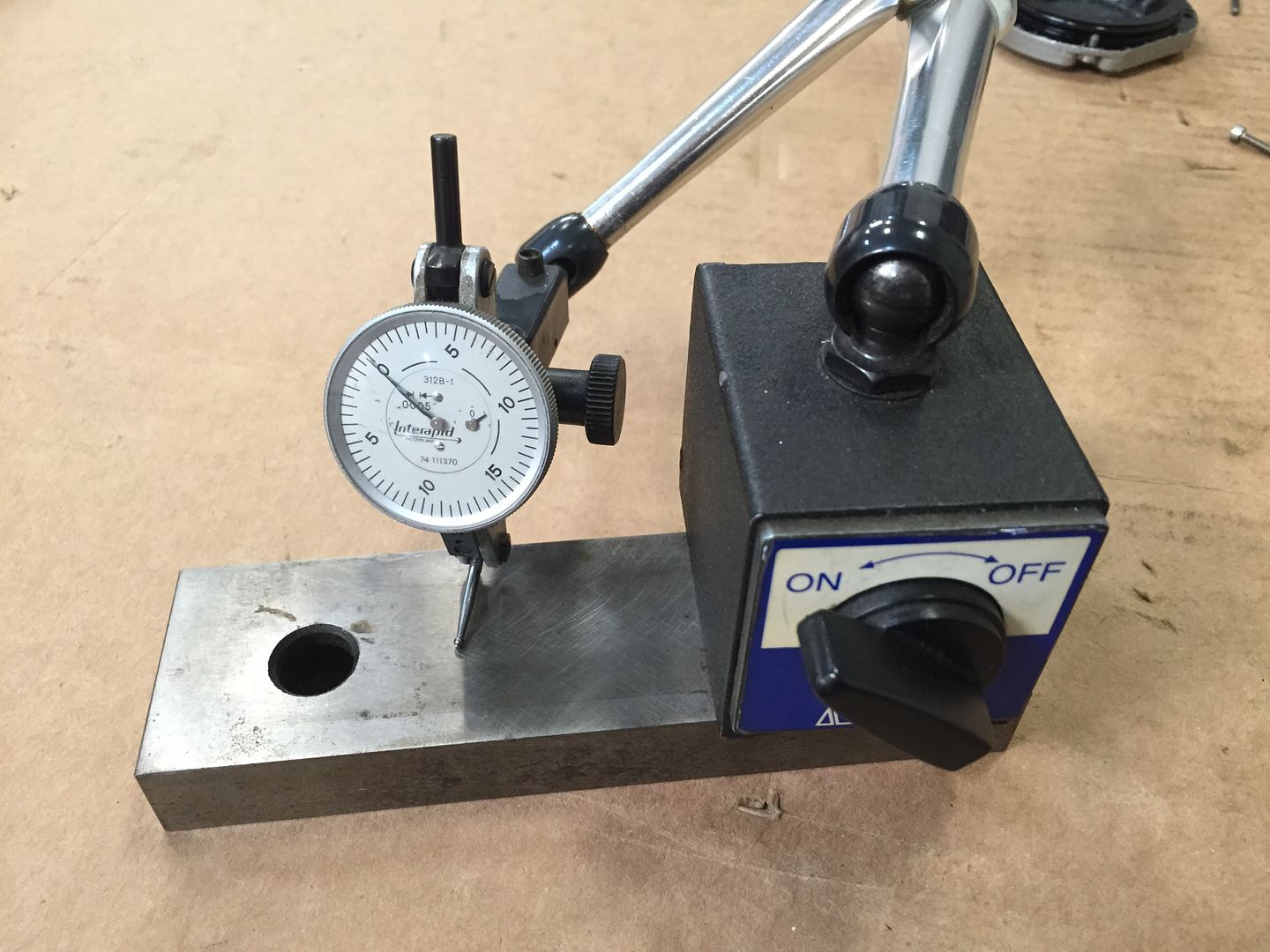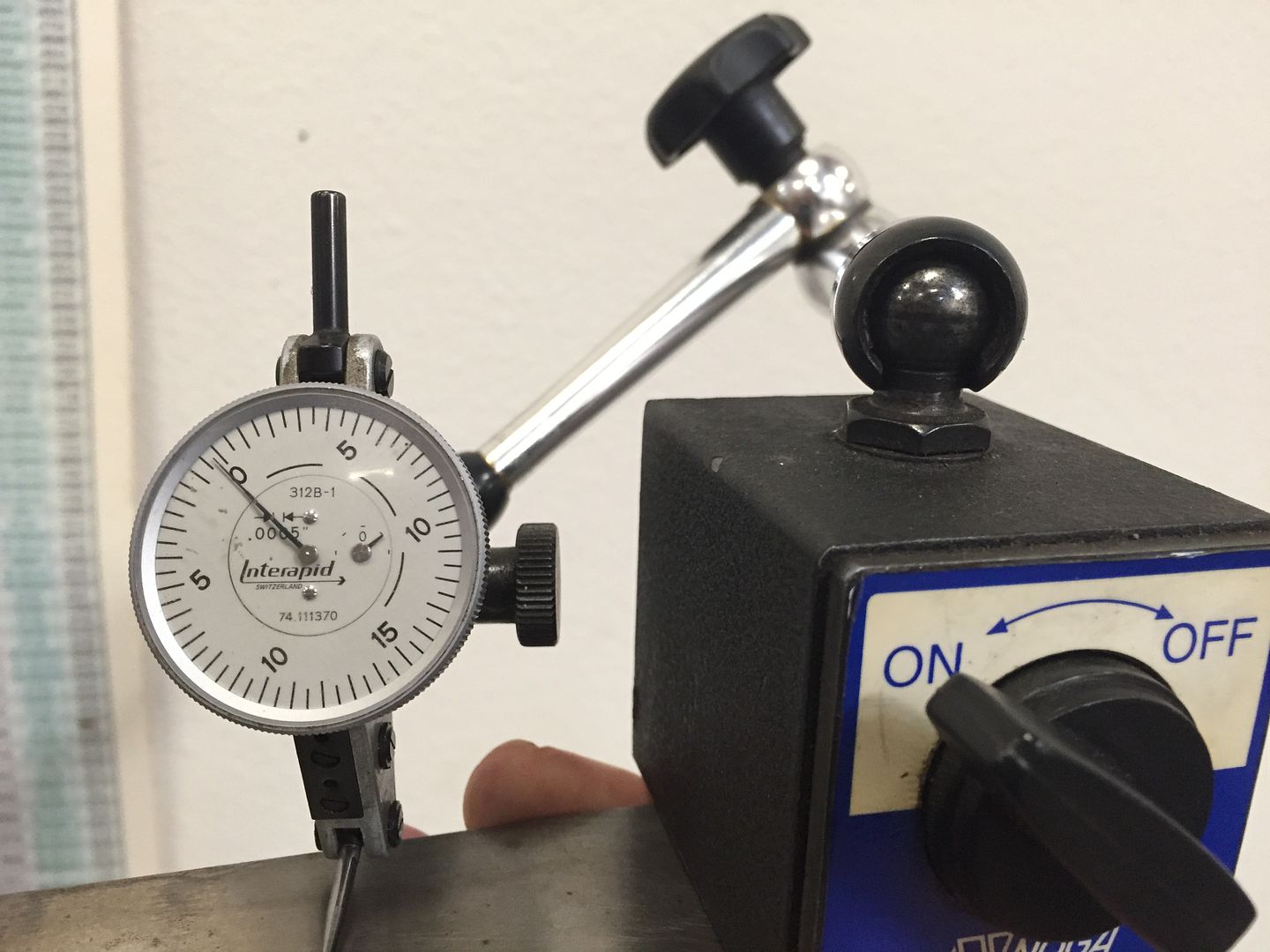I shouldn't dignify an answer to that question, but yes, and I know Phil does and TomB, don't be a dick newb. If you can find me a better applicable indicator than a Blake send me a link I will buy it tonight.
Robert
Blake indicators are terrible in a horizontal application like that. Maybe in a vertical application where tenths don't matter like it will in his situation. He need to get the alignment as close as possible between milling spindle and turning spindle or else he's alway off between x-y mode and x-c mode machining. Can't just "shift" x-c machining, it is what it is on these.







